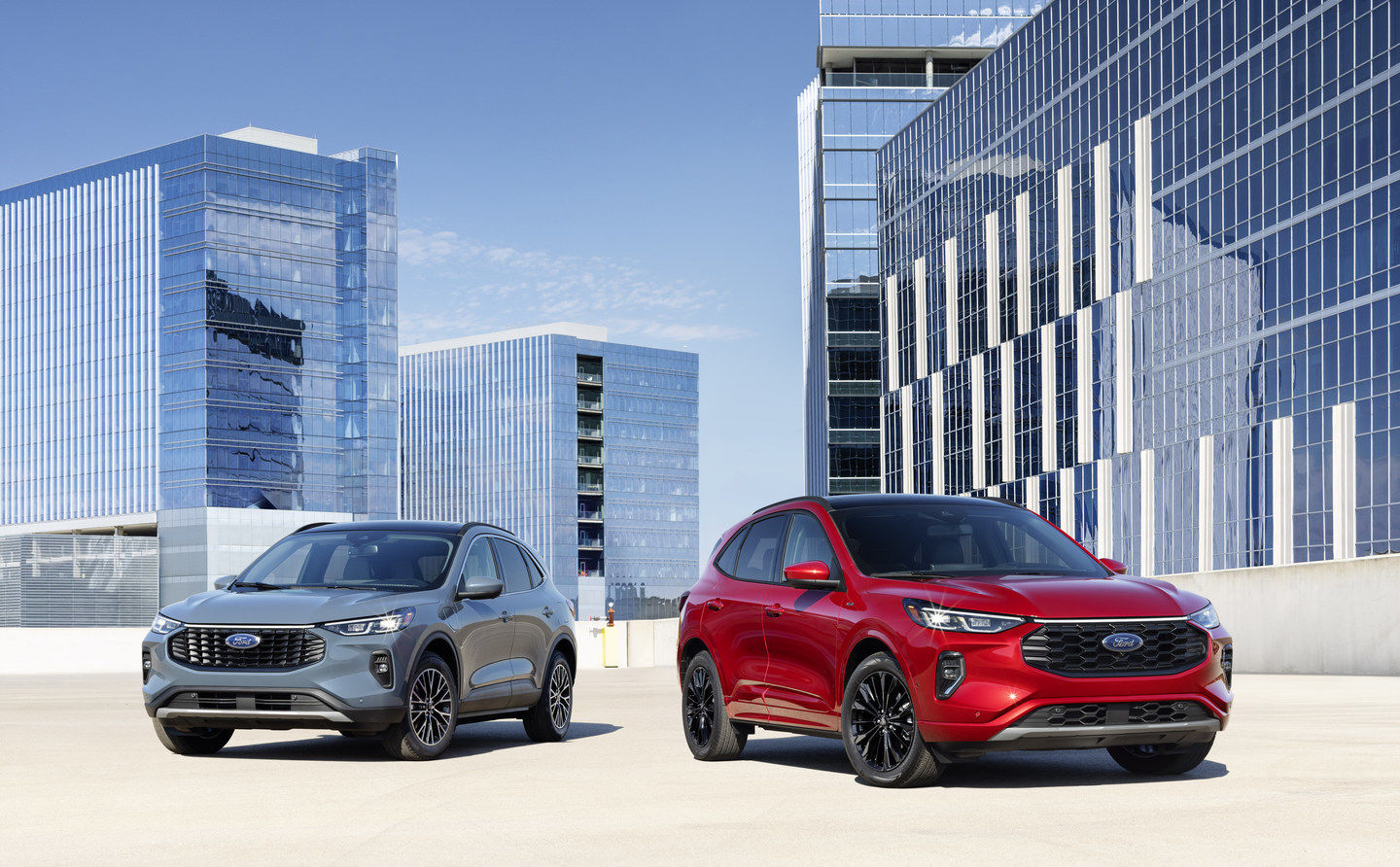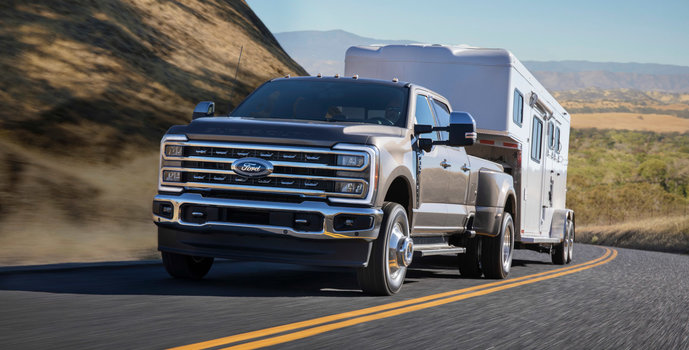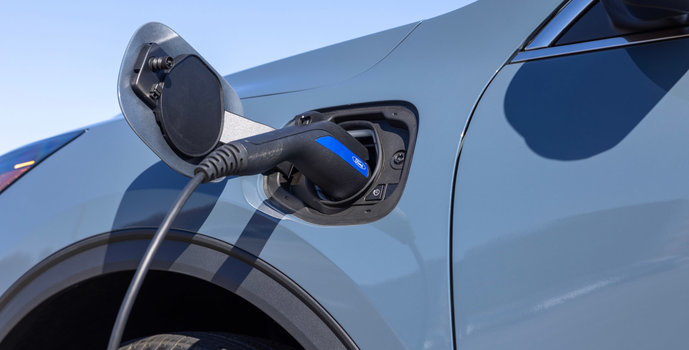For compact SUV buyers in 2025, the Ford Escape lineup presents a rare level of versatility. With three distinct powertrains—two gasoline engines, a hybrid, and a plug-in hybrid—it caters to a broad range of preferences, driving habits, and budgets. While choosing between the available engines may come down to personal performance or towing needs, fuel efficiency remains one of the biggest decision factors. More specifically, how much each model will cost you in fuel over time. This article takes a close look at the fuel cost differences between the 2025 Ford Escape gasoline models and the Escape Plug-In Hybrid, while also explaining how the plug-in variant delivers savings under a range of real-world conditions.
Explore Ford Lineup
Step into the future with our versatile and powerful SUVs at Bayfield Ford, where cutting-edge technology and luxury come together for an exceptional driving experience.
Shop Now
The Gasoline and Hybrid Ford Escape Options
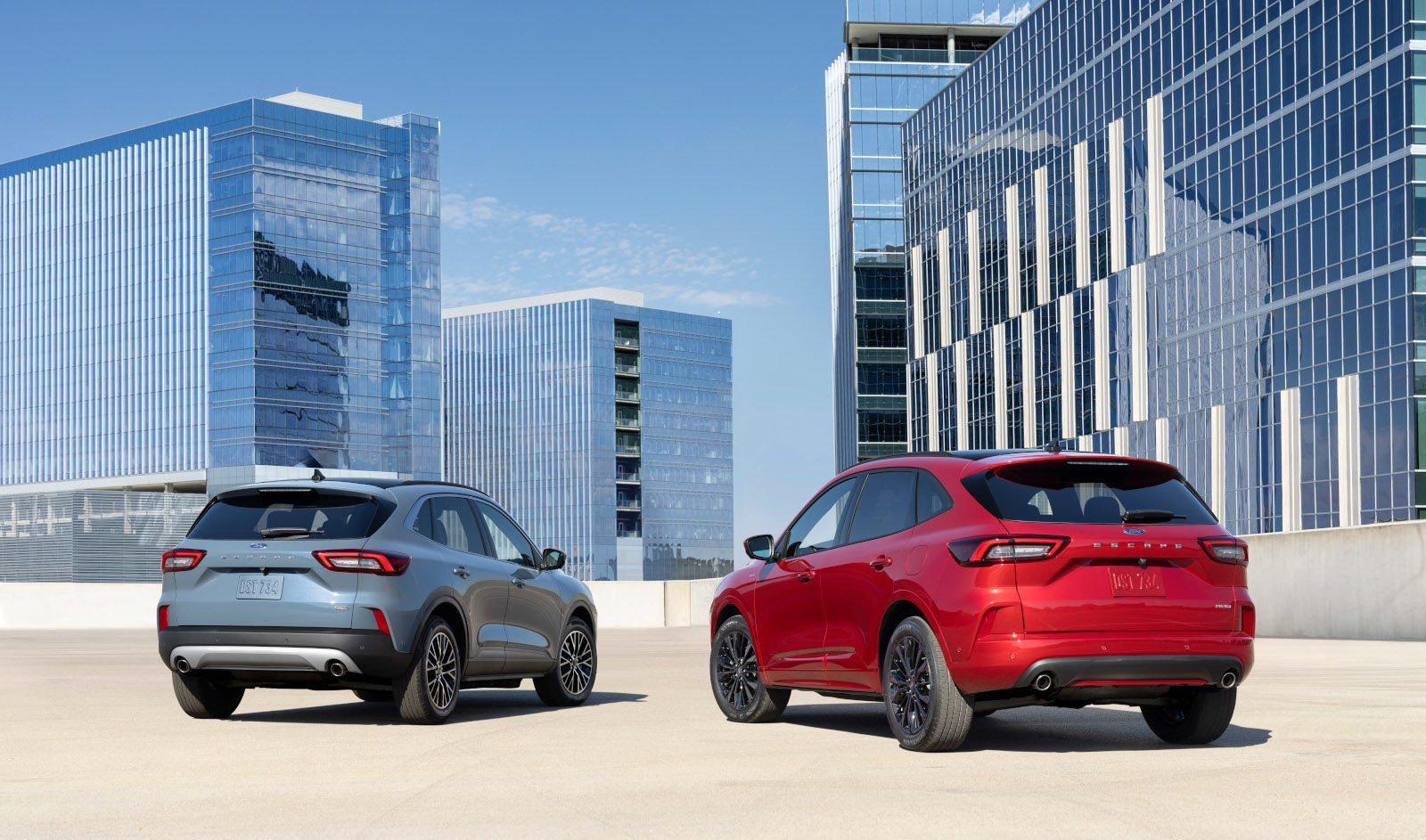
The standard 2025 Ford Escape comes with a 1.5-litre EcoBoost turbocharged engine delivering 180 horsepower. Available in either front-wheel drive or all-wheel drive, this version is designed for drivers who prioritize day-to-day convenience, a responsive drive, and relatively accessible pricing. In its AWD configuration, the 1.5L Escape consumes an estimated 9.2 litres per 100 kilometres in the city and 7.4 litres on the highway, for a combined figure close to 8.4 L/100 km. With a maximum towing capacity of 907 kg and up to 1,851 litres of cargo space behind the first row, it suits a wide range of lifestyle needs.
For drivers seeking more power, the Escape is also available with a 2.0-litre EcoBoost engine, delivering a more robust 250 horsepower and enhanced towing capability rated at 1,587 kg. This version offers significantly more muscle for trailers, boats, or larger loads while maintaining a respectable fuel consumption rating of 10.2 L/100 km in the city and 7.6 L/100 km on the highway. The 2.0L EcoBoost Escape is ideal for buyers who value both capability and comfort, while still enjoying the dimensions and agility of a compact SUV.
Bridging the gap between fuel economy and practicality is the Escape Hybrid, equipped with a 2.5-litre Atkinson-cycle hybrid engine that produces 192 total system horsepower. Unlike the plug-in hybrid, this version does not need to be charged. Instead, it recovers energy through regenerative braking and uses a blend of gasoline and electric propulsion to keep consumption low. Whether in front-wheel or all-wheel drive, the Escape Hybrid posts a combined fuel economy of approximately 6.0 L/100 km, making it a smart option for drivers who want to save on fuel but don’t want to change their routine to accommodate charging.
The 2025 Ford Escape Plug-In Hybrid
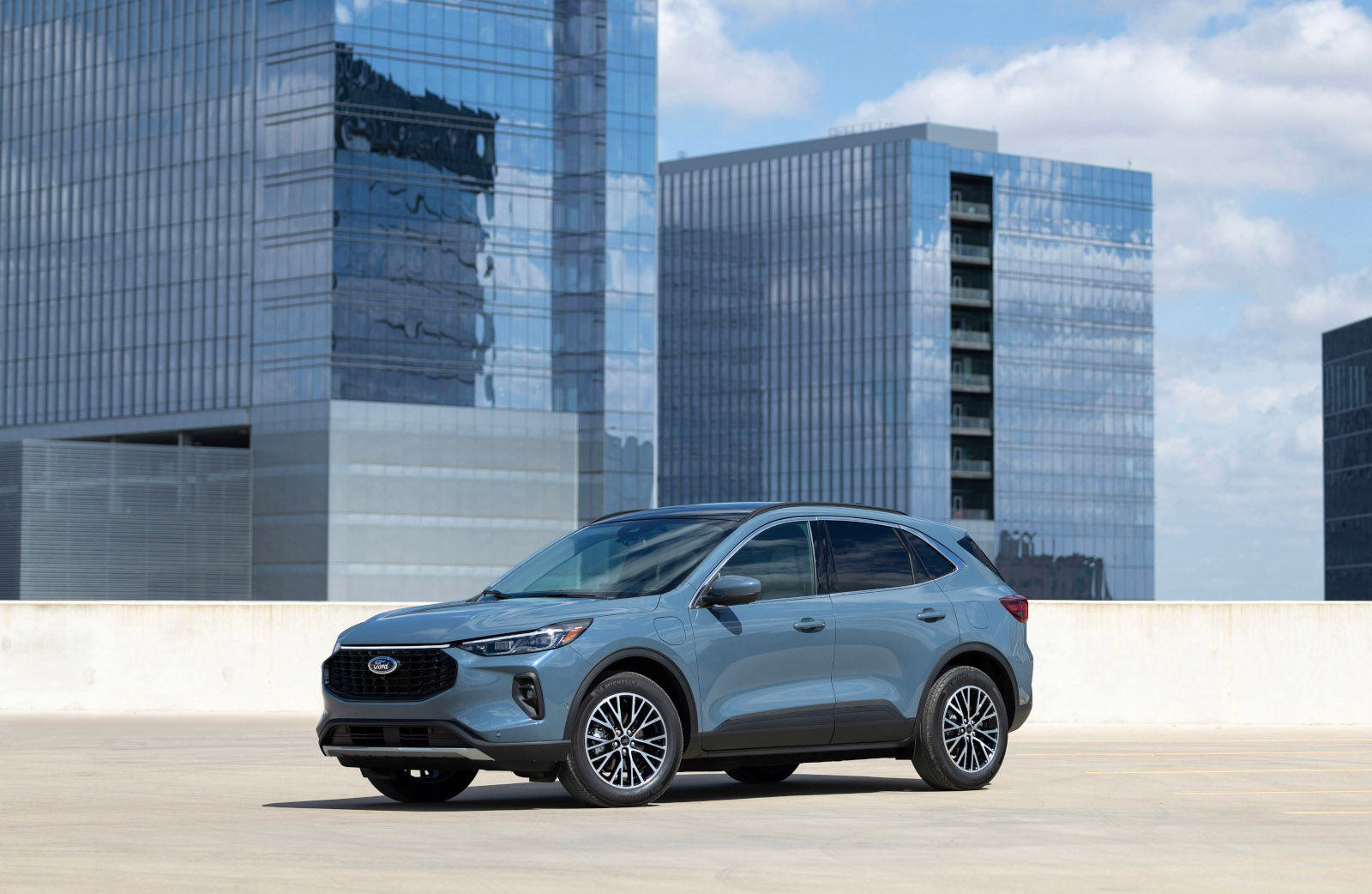
At the top of the efficiency ladder sits the 2025 Ford Escape Plug-In Hybrid (PHEV), which takes the same 2.5-litre base engine found in the hybrid and enhances it with a larger battery and plug-in capability. With 210 horsepower and an all-electric driving range of up to 60 kilometres, this version allows many daily commutes or errands to be completed without using a single drop of gasoline—provided the battery is kept charged. Even after the battery is depleted, the Escape PHEV operates as a traditional hybrid with outstanding efficiency.
Ford estimates a fuel consumption equivalent of just 2.3 Le/100 km in hybrid mode when factoring in electric operation. In situations where the vehicle is not plugged in regularly, this figure can increase, but it remains dramatically more efficient than any of the gasoline versions. The Escape PHEV is only available in front-wheel drive and offers a slightly lower towing capacity of 680 kg, but retains the practical interior space with 1,722 litres behind the first row. For buyers with short commutes or access to charging at home or work, the PHEV delivers meaningful long-term savings without sacrificing comfort or capability.
Charging the PHEV is easy, even with a standard household outlet using the included Level 1 charging cord. However, owners who want to take full advantage of the vehicle’s electric range may benefit from installing a 240V Level 2 charger at home, which can fully recharge the battery in a few hours. That said, the flexibility of operating without charging—as a highly efficient hybrid—is one of the most appealing features for drivers who may not have consistent charging access.
Fuel Cost Estimates: Driving 10,000, 20,000, and 30,000 km Annually
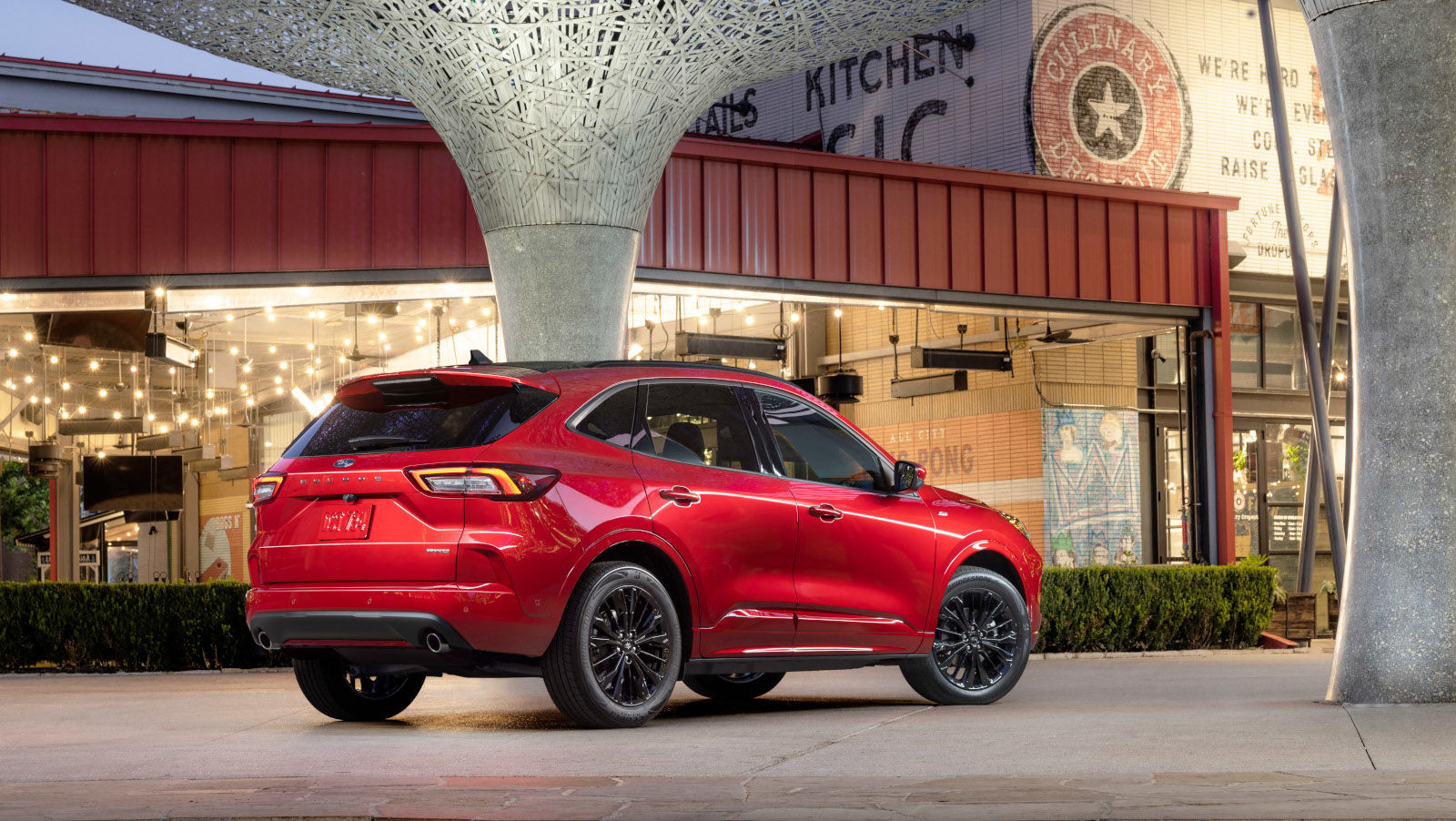
To better illustrate how the different Escape versions affect your annual fuel bill, let’s compare their fuel consumption over three mileage scenarios: 10,000 km, 20,000 km, and 30,000 km per year. We’ll use a fuel cost estimate of $1.75 per litre. For this comparison, the Escape Plug-In Hybrid is evaluated based on its 2.3 Le/100 km rating assuming a driver uses it like a traditional hybrid without charging. In real-world use, costs could be even lower if a driver frequently drives on electric power alone.
Over a distance of 10,000 kilometres per year, the Escape with the 1.5L EcoBoost engine is expected to consume about 840 litres of fuel, costing roughly $1,470 per year. The 2.0L EcoBoost model, with its higher output and slightly higher consumption, would require approximately 894 litres annually, resulting in a fuel cost of just over $1,564. The Escape Hybrid, with a much lower average consumption near 6.0 L/100 km, would use around 600 litres for the same distance, costing about $1,050. In contrast, the Plug-In Hybrid—if used exclusively in hybrid mode and never charged—would consume just 230 litres annually, representing a fuel cost of approximately $403. For drivers who routinely charge and maximize the 60 km of electric range, that cost could drop even further.
Doubling the distance to 20,000 kilometres, the 1.5L EcoBoost version now requires about 1,680 litres, pushing fuel costs to $2,940 annually. The 2.0L EcoBoost would climb to around $3,128 in yearly fuel costs. The hybrid model offers clear savings here as well, with annual consumption of 1,200 litres and fuel costs just over $2,100. The PHEV maintains its edge, requiring roughly 460 litres of fuel if never charged, and costing $805—a figure that could be significantly lower in real-world EV-heavy usage.
At 30,000 kilometres annually, the fuel cost gap becomes even more dramatic. The standard 1.5L Escape would cost around $4,410 to fuel, while the more powerful 2.0L EcoBoost could cost about $4,692. The Escape Hybrid again proves to be more economical, with an estimated $3,150 per year in fuel. But once again, the Escape PHEV stands out: with only 690 litres of estimated fuel needed in hybrid-only driving, the cost is about $1,208. A driver who plugs in daily and utilizes electric range effectively could save even more, potentially cutting fuel use by over 75%.
Summary Table: Estimated Annual Fuel Costs (at $1.75/L)
|
Distance per Year
|
Escape 1.5L EcoBoost
|
Escape 2.0L EcoBoost
|
Escape Hybrid
|
Escape Plug-In Hybrid
|
|
10,000 km
|
$1,470
|
$1,564
|
$1,050
|
$403
|
|
20,000 km
|
$2,940
|
$3,128
|
$2,100
|
$805
|
|
30,000 km
|
$4,410
|
$4,692
|
$3,150
|
$1,208
|
Final Thoughts
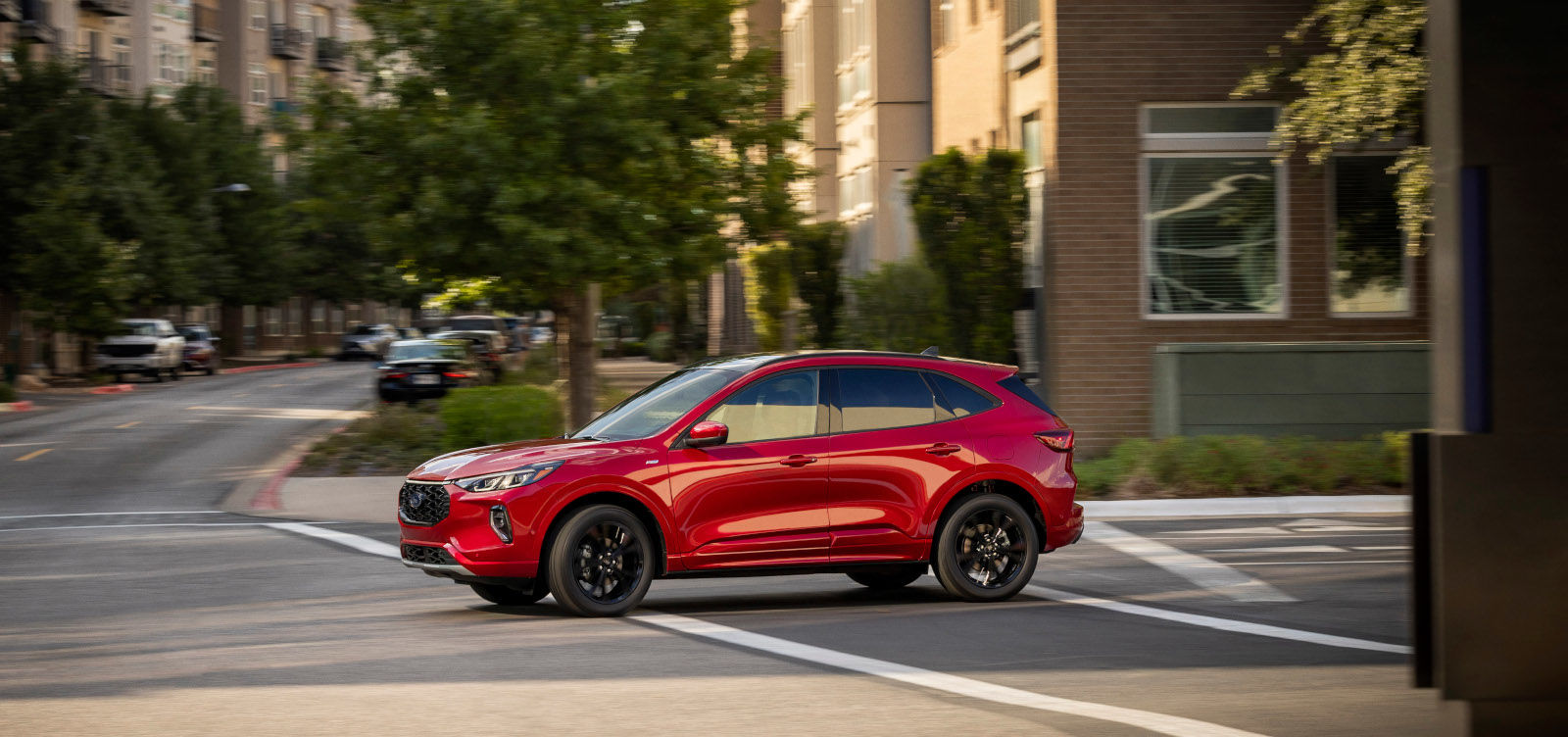
When comparing the 2025 Ford Escape lineup, it becomes clear that the right choice depends on your priorities. The 2.0L EcoBoost version stands out for its performance and towing capability, making it the go-to option for drivers who haul gear or tow frequently. The 1.5L EcoBoost is a balanced all-rounder with lower upfront costs and practical capability. For those who want efficiency without changing habits, the standard hybrid offers considerable fuel savings while maintaining traditional driving ease.
However, the Escape Plug-In Hybrid is where the most significant savings lie—particularly for drivers who commute within its electric range or travel predictable daily routes. Over time, especially with high annual mileage, the PHEV version can deliver hundreds or even thousands of dollars in fuel savings. While the initial investment may be higher, those savings, combined with potential rebates, could easily tip the scale in its favour for drivers focused on long-term value.
You might also be interested in these blogs: What’s On Its Way To Bayfield Ford In Barrie? The All-New 2020 Ford Escape!; Escape The Kitchen This May!; Ford Edge Vs Ford Escape: Differences You Need To Know

